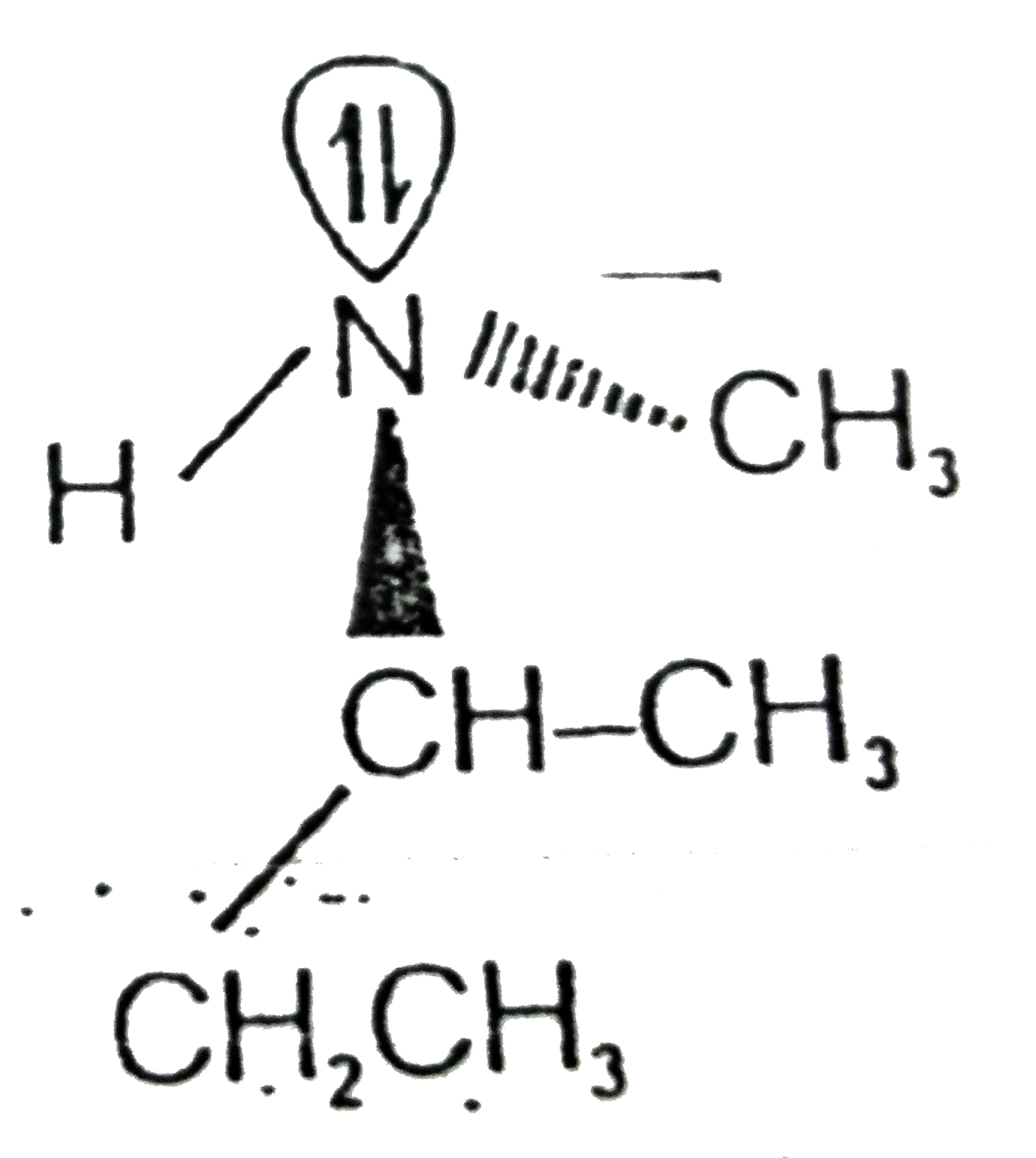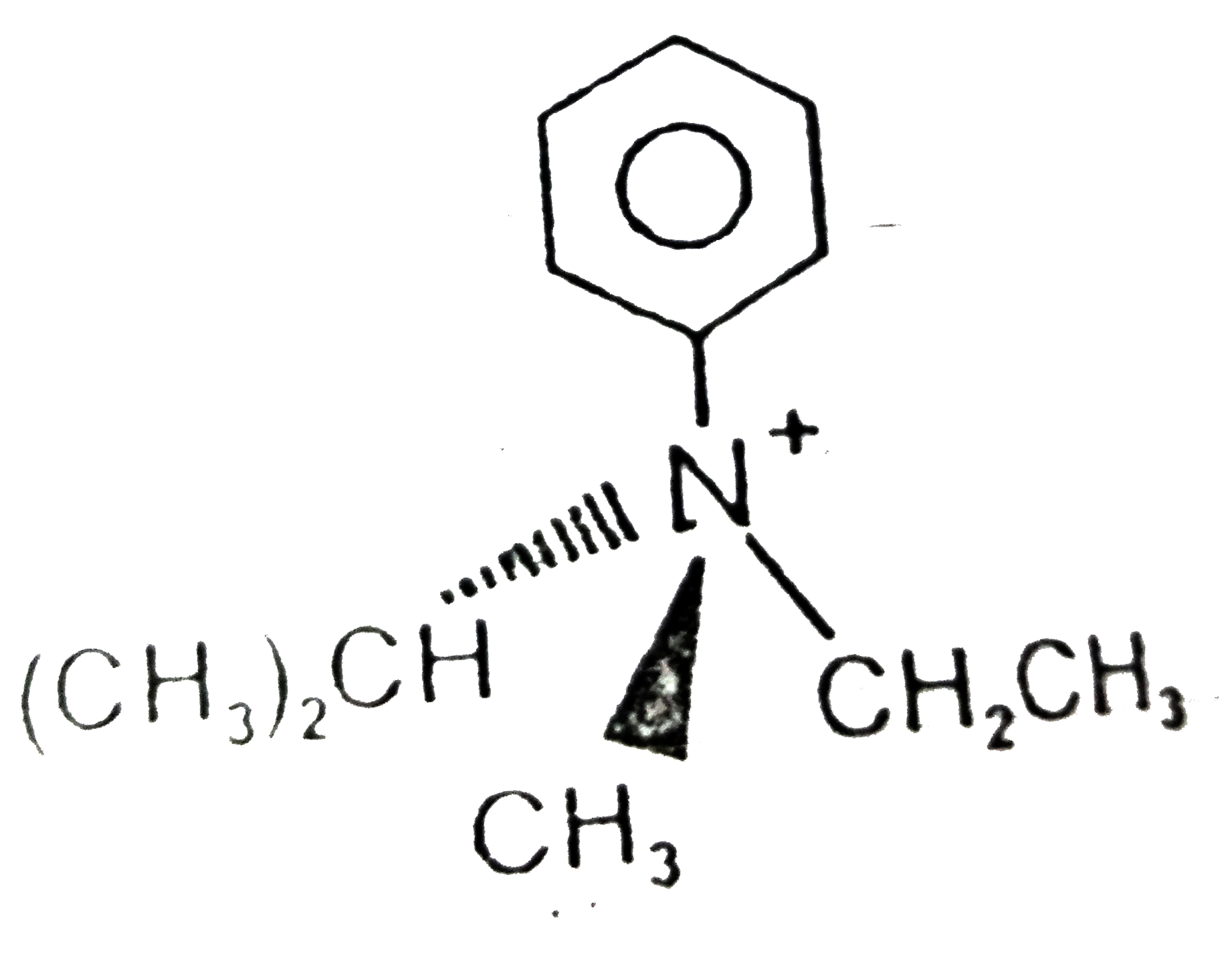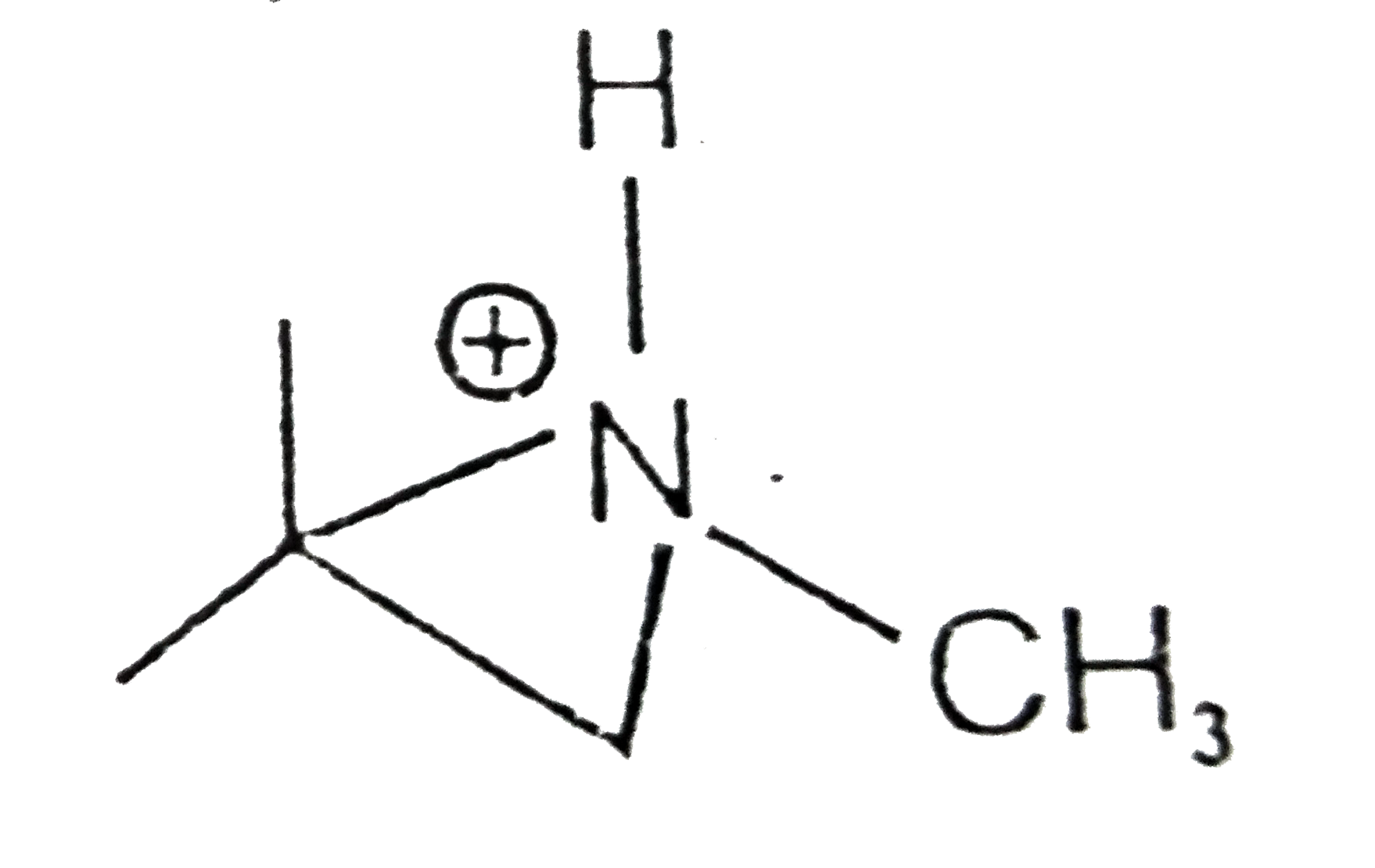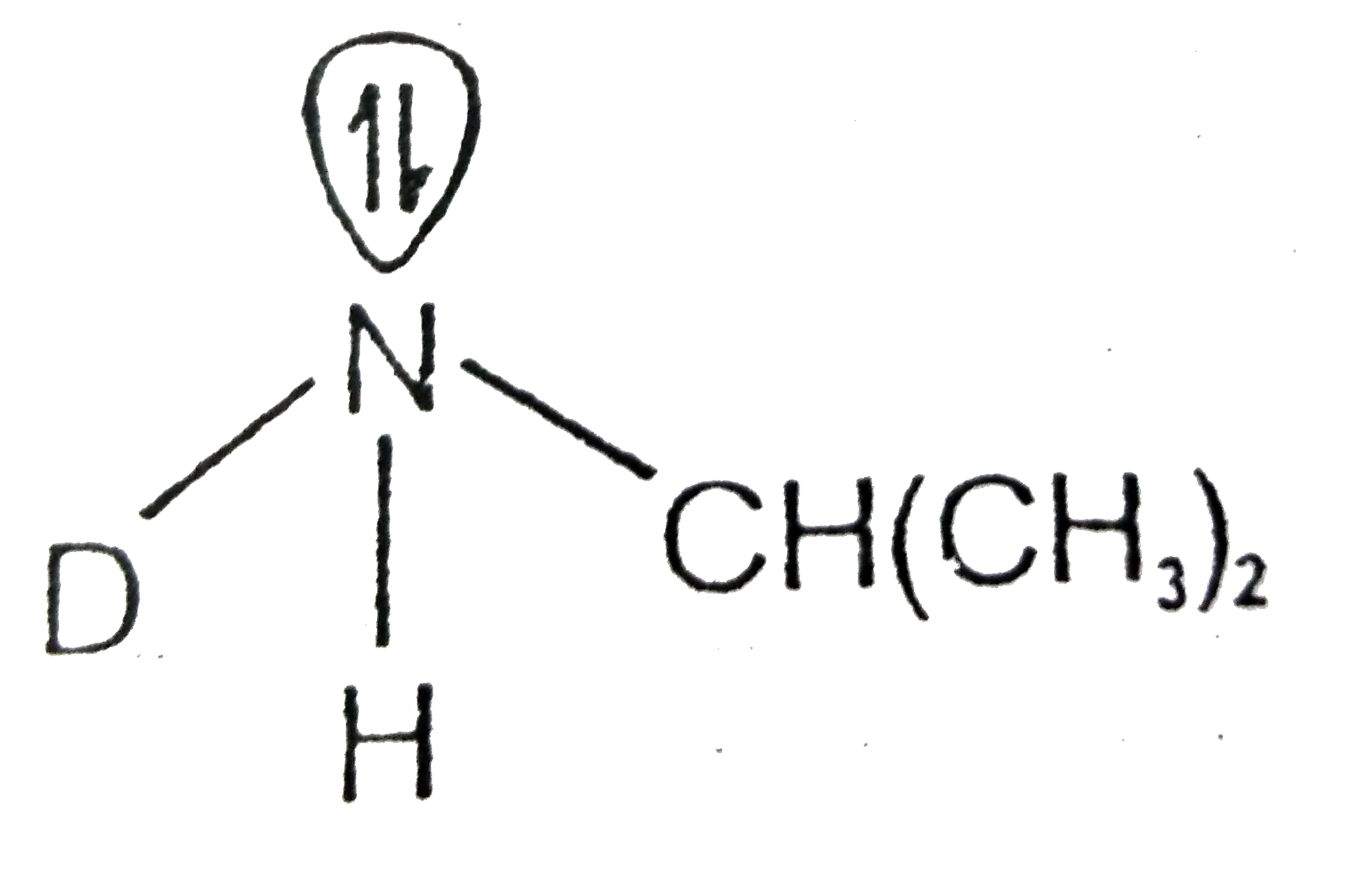A
B
C
D
Text Solution
AI Generated Solution
The correct Answer is:
|
Topper's Solved these Questions
HALOALKANES AND HALOARENES
AAKASH INSTITUTE ENGLISH|Exercise Assignment (Section - D) (Linked Comprehension Type Question )|8 VideosView PlaylistHALOALKANES AND HALOARENES
AAKASH INSTITUTE ENGLISH|Exercise Assignment (Section - E) ( Assertion - Reason type Questions )|7 VideosView PlaylistHALOALKANES AND HALOARENES
AAKASH INSTITUTE ENGLISH|Exercise Assignment (Section - B ) ( Objective Type Question(One option is correct ))|36 VideosView PlaylistGENERAL PRINCIPLES AND PROCESSES OF ISOLATION OF ELEMENTS
AAKASH INSTITUTE ENGLISH|Exercise Try Yourself|33 VideosView PlaylistHYDROCARBONS
AAKASH INSTITUTE ENGLISH|Exercise Assignment(Section - C) (Previous Years Questions)|60 VideosView Playlist
Similar Questions
Explore conceptually related problems
Knowledge Check
Similar Questions
Explore conceptually related problems
AAKASH INSTITUTE ENGLISH-HALOALKANES AND HALOARENES -Assignment (Section - C ) ( Objective Type Question(More than one options are correct ))
- Which of the following cannot be resolved into enantiomers ?
07:54
|
Play - Consider the following pair of compound which of the followin...
03:11
|
Play - Which of the following compound can be resolved into enatiomers ...
07:07
|
Playing Now - Which of the following nitroso compound are in dynamic equilibrium ...
02:54
|
Play - Which of the following products are expected from the solvolysis ...
05:37
|
Play - What would be the probable products of the given reaction ?
04:38
|
Play - Under the presence of alkali which of the following substrate wil...
06:26
|
Play - Which of the following reactions follows concerted mechanism ?
09:17
|
Play - Dehydrohalogenation and acidcatalyzed dehydration reactions are fre...
09:16
|
Play - Which of the following alkylhalides will give one alkene (more t...
07:48
|
Play - When ethyl chloride reacts with ethanolic sodium nitrite produc...
05:23
|
Play - Which of the following reactions can be used to introduce bromin...
04:26
|
Play - Aryl halides are practically inert toward nucleophilic substitut...
07:16
|
Play - Consider the following reaction Correct statement regarding ...
05:22
|
Play - Which of the following statement are true about aryl halides ?
08:13
|
Play - Which of the following reagents can be used to convert alkyl ha...
03:45
|
Play - Consider the following sequence of reaction identify the str...
06:15
|
Play







